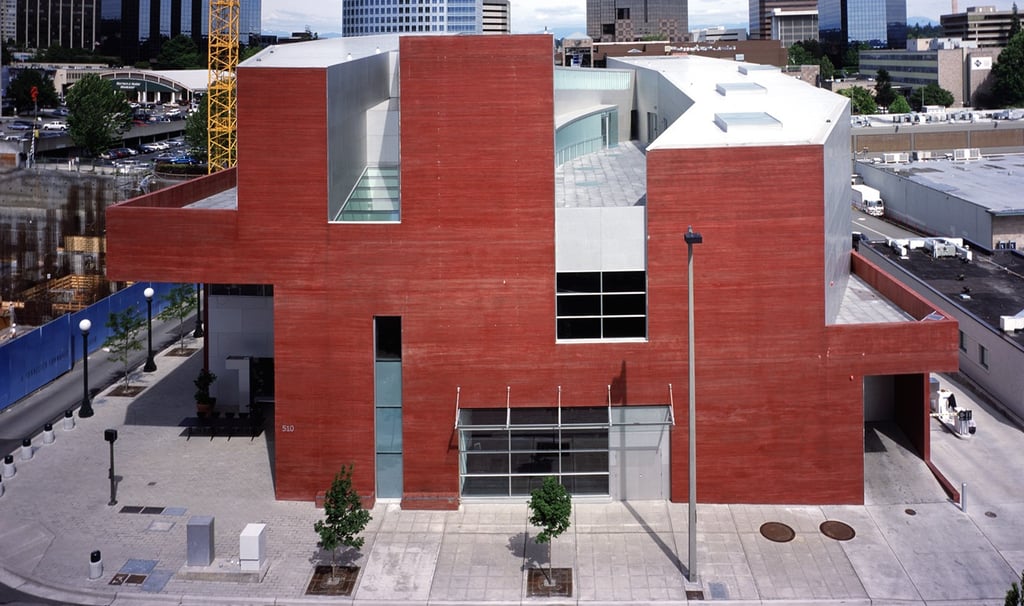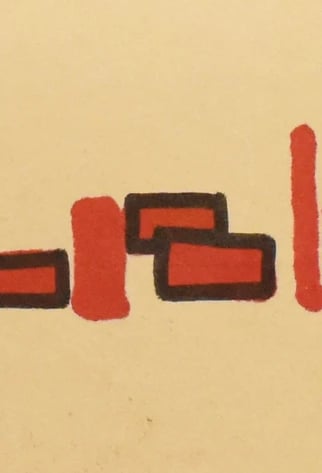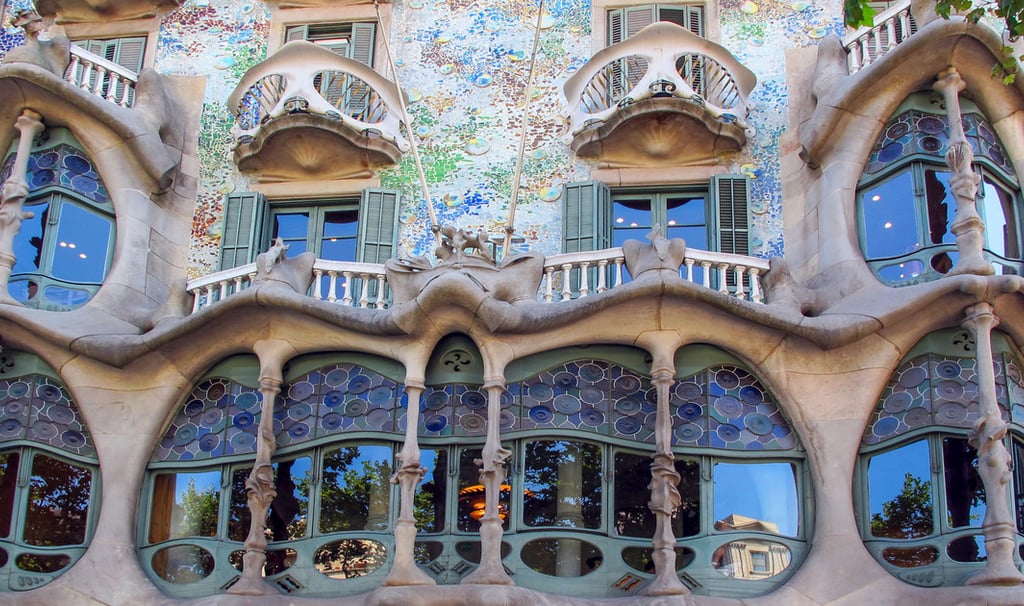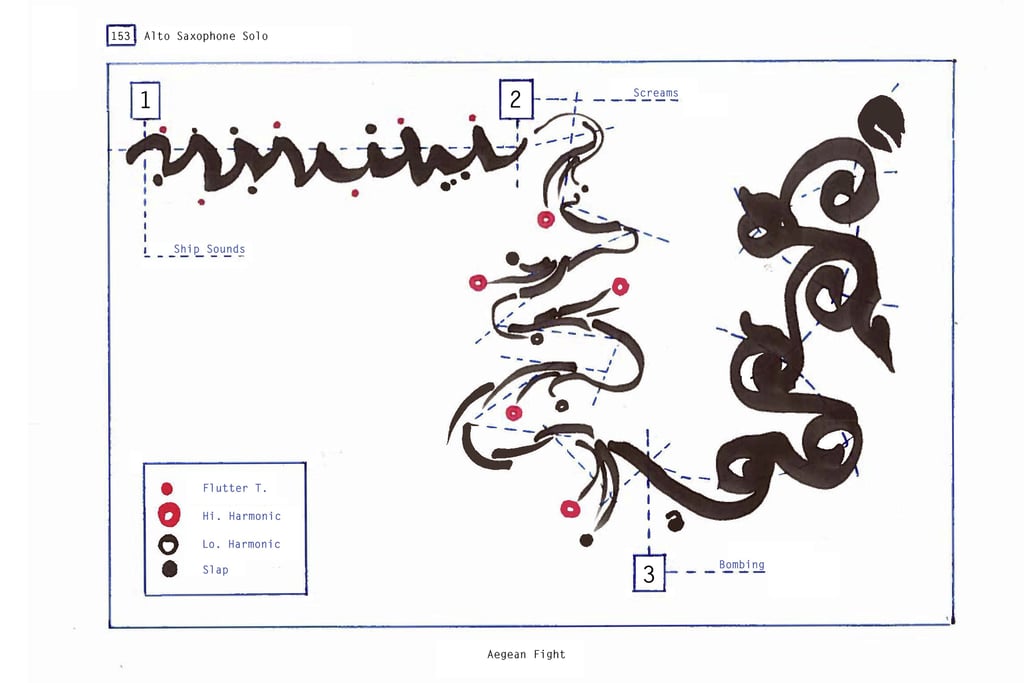Building Experiments with Adnan Dura (1): Towards a Graphic Saxophone Language
I have finally started my experiments with Rotterdam based alto saxophonist and composer Adnan Dura. In this series of experiments, I will be composing solo pieces for the alto saxophone in order to try and structure a language for the instrument.
Murat Ali Cengiz
7/31/20192 min read


I have finally started my experiments with Rotterdam-based alto saxophonist and composer Adnan Dura. In this series, my aim is to compose solo pieces for the alto saxophone in order to explore and gradually structure a distinct language for the instrument within the framework of musicographics.
Our first experiment focused on short forms: pieces of about one to two minutes, designed to be sight-readable and intentionally low in informational density. The idea was to see how much musical identity could be generated from minimal material, and how a performer could interpret these compact structures in real time.
For this stage, I created two scores inspired by two very different buildings: Steven Holl’s Bellevue Museum in Washington, USA, and Gaudí’s Casa Milà in Barcelona, Spain. The Bellevue piece is strictly tied to time, mirroring the clarity and linearity of Holl’s architectural language. Its graphic notation emphasizes measured rhythm, proportion, and temporal control, almost like an architectural grid translated into sound.


Steven Holl's Bellevue Museum, Washington/USA
Musıcographıcs for: Steven Holl's Bellevue Museum, Washington/USA

The Casa Milà piece, by contrast, takes its cue from Gaudí’s fluid and ornamental design vocabulary. Here the notation moves away from strict timing and instead emphasizes ornaments, curves, and accelerandos, echoing the building’s organic facades and continuous surfaces. In this sense, the piece is less about exact duration and more about shaping sound through flow and transformation.
One of the interesting aspects of this approach is how architecture translates differently depending on its logic. A rational, modular building like Bellevue suggests precision, sequence, and measured progression, while an expressive, organic building like Casa Milà suggests motion, embellishment, and flexibility. Both provide fertile ground for developing a language that is not only specific to the saxophone but also rooted in visual and spatial analogies.
Technically, these experiments rely on graphic notation, proportional rhythm, and interpretive phrasing. By keeping the scores compact and low-information, the goal is to test the performer’s instinctive responses and to leave space for improvisatory nuance. The process is as much about performer feedback as it is about composition, since each reading reveals how effective or limiting a particular notation strategy can be.
This is just the beginning of an ongoing search: how to create a consistent yet flexible system for saxophone that grows out of the intersection of architecture, pattern, and sound.Write your text here...


Casa mila, gaudi, Barcelona/spain
Musicographics for gaudi's casa mila, barcelona/spain



As a result of all these experiments with Adnan, he commissioned me to make a graphic score for his extensive work "Piri". You can see the notation below and listen to the track "Aegean Fight" within Adnan's album "Piri".
https://open.spotify.com/album/5lTDjcfqu1vTntGEcQX18G?si=V62oa2KTQM2G8EOIEksWkA

